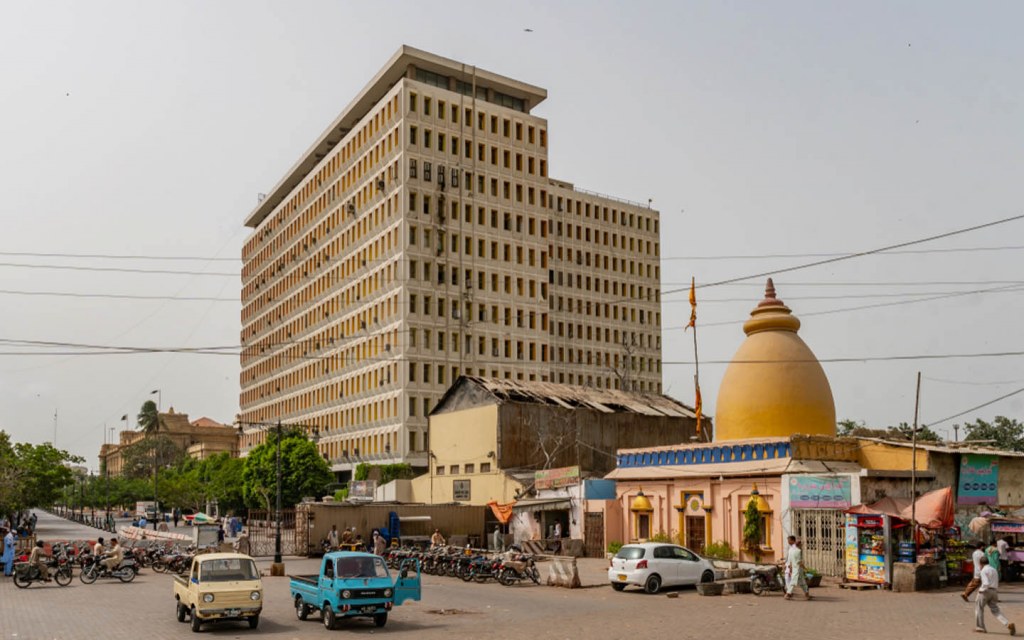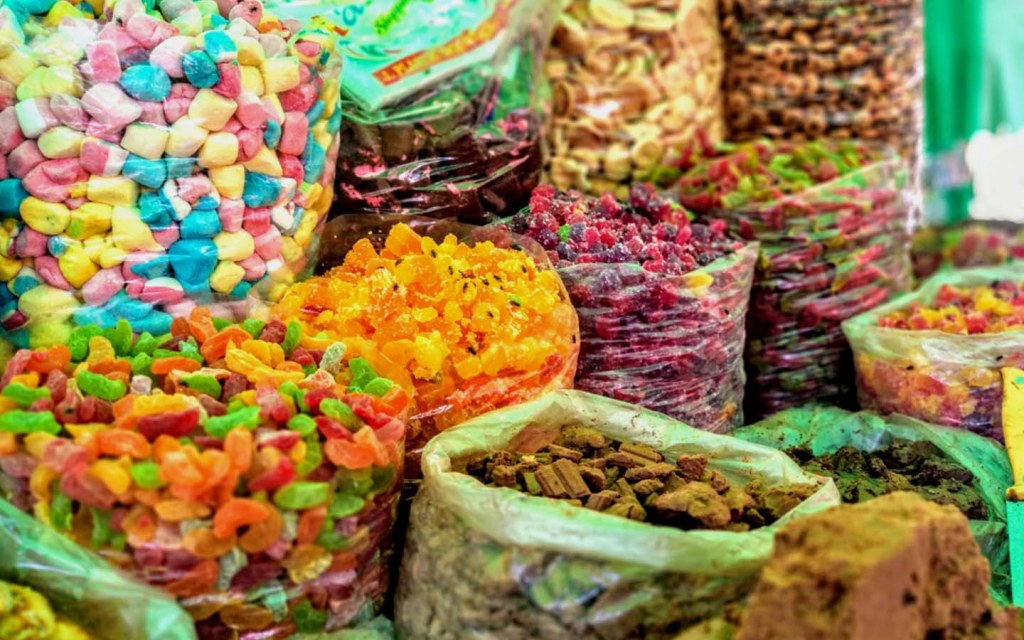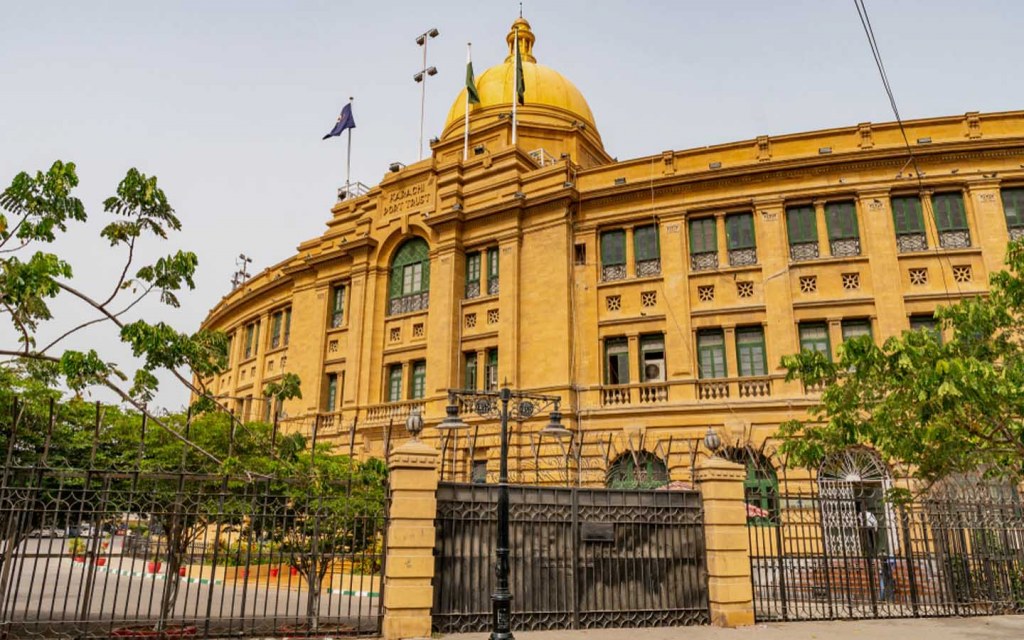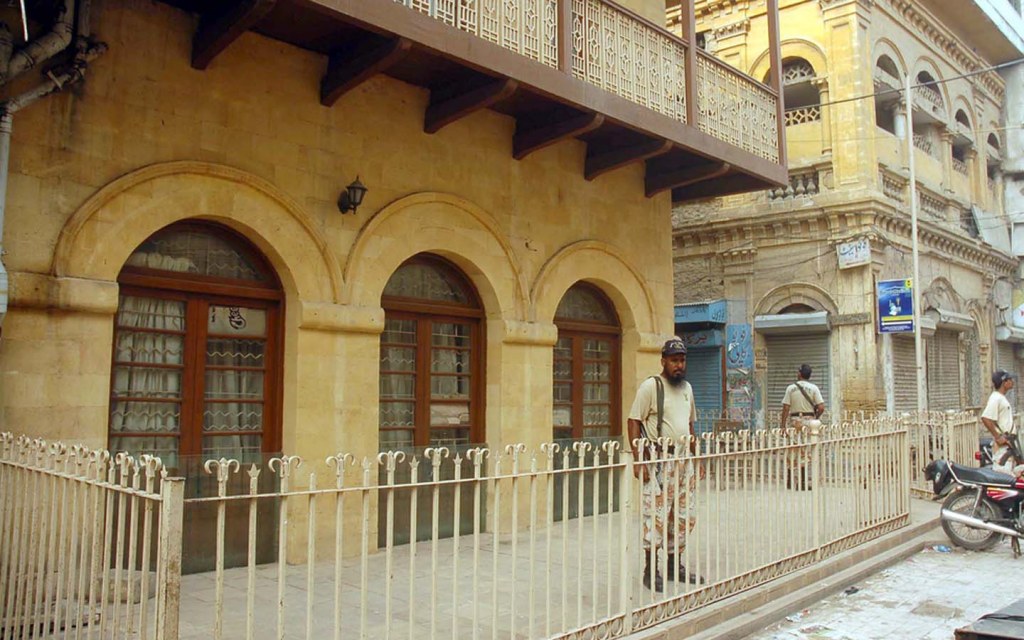In This Post:
History of Kharadar and Mithadar
Food, Bazaars, and More
Historical Landmarks
The history of Kharadar and Mithadar predates the creation of Pakistan. The great thing is that these two areas are still fully functional and in their full glory. Much of the ancient beauty of these areas have been lost to time, and of course, modernisation. However, they still remain one of the most happening places in Karachi with economical bazaars and lip-smacking street food.
So, if you’re a history buff in Karachi, or are visiting the city, we have compiled this guide to make sure you know everything about the famous gates of Kolachi and are motivated to pay them a visit.
Let’s get exploring!
History of Kharadar and Mithadar

Following the narrow lanes of Lyari Town and right after the basic bazaar of Lee Market, nearly 6 km west of Clifton, you will come across a place where you will sense the untainted energy of the city of lights coming to life. If this happens to you, know that you are either in Kharadar or Mithadar.
One of the oldest neighbourhoods of Saddar Town, Kharadar and Mithadar existed way before the independence of Pakistan, and these two areas derive their names from two famous tributaries.
Kharadar means Brackish Gate, referring to the seawater that levelled to this area, while Mithadar means Sweet Gate, named after its connectivity to Lyari River. These two famous gates were built in 1729, which were later torn down after the British conquered Sindh in 1860. Kharadar is located in the centre of Karachi, right next to Karachi Port, while the community of Mithadar is situated adjacent to it.
Kharadar and Mithadar are also home to the birthplaces of the two legendary personalities: Quaid-e-Azam Muhammad Ali Jinnah and Abdul Sattar Edhi. We will discuss these two in detail in the next part of this blog. For now, let’s discuss the historical importance of these two areas.
The importance of Kharadar and Mithadar in making Karachi the city of lights can not be emphasised enough. So, trust us when we say this, Kharadar is to Karachi what Times Square is to New York – simply the heart of the city with bustling destinations, especially known for bright colours, food-streets, and wholesale markets.
Situated extremely close to I.I. Chandigarh Road – the corporate heart of Karachi – these two areas are a trading centre of Karachi’s textile industry with garment factories, wholesalers, and retailers – all in one place.
Ethnically, these two areas of Karachi are extraordinarily diverse, and you will find people from various faiths and religions, speaking different languages, and hailing from across Pakistan, living together as one. However, Memons and Kutchis comprise a majority share of the population here.
Now that you have a clear understanding of the historical importance of these areas, let’s explore the famous food joints and bazaars in Kharadar and Mithadar.
Famous Bazaars and Food Joints in Kharadar and Mithadar

It is a widely known fact that Pakistanis have a special corner for food in their hearts, out of which biryani takes the lion’s share. If you ever mention biryani in Kharadar, you will be led to Al-Rehman Biryani, which is situated near KPT Head Office, M.A. Jinnah Road. There’s a huge food street that follows this eatery, and you will find corner dhabas, eateries, and stalls serving desi breakfast, freshly cooked mutton karahi, dal makhni, murgh channa, and hundreds of other traditional food items. Head over to this food street either early in the morning or late at night, and you will not be disappointed.
From Lee Market to Bombay Bazaar, Kharadar doesn’t fall short on options when it comes to shopping. The bazaar initially begins from Lyari Town and then connects to Saddar Town in Kharadar. This bazaar, which is an amalgamation of small bazaars, is known as Jodia Bazaar. The small bazaars making up Jodia Bazaar include a mix of Khajoor Bazar, Sonara Bazar, Kaghazi Bazar, Juna Leather Market; each named after its speciality.
Be it traditional dresses, sparkling jhumkas, daily-use commodities, groceries, or spices, these markets have something for everyone. After every street, you will find a bunch of fishmongers, greengrocers, and several other makeshift stalls selling commodities at extremely reasonable prices.
Named after the rustic benches, the legendary Baakra Hotel stands still in Kharadar. It is a café situated near the clock tower, which is known for its classic tea and some of the finest dishes. If you decide to visit the cafe and make sure you do, try the chicken lacha and daal makhni. You’ll keep coming back for seconds.
Famous Landmarks in Kharadar and Mithadar

The two famous gates of Karachi, also known as its heart, have contributed fairly to the progress and development of what we see today as the commercial engine of Pakistan. Many famous buildings, both historical and modern, have persistently contributed to enhancing the glow, appeal, and attraction of Karachi.
To begin with, the area is well-linked with two of the most important dry ports of Pakistan, namely Port Qasim and Karachi Port. This connectivity assures that Kharadar is readily accessible from any part of the city.

Moreover, Kharadar is also a part of one of the places Jinnah used to call home – Wazir Mansion. Located beside Akhund Masjid, it is also known as the birthplace of Muhammad Ali Jinnah. Today, you can find a reading room on the ground floor, which is coupled with an extensive library. A trip to the first floor of this place will give you a quick overview of his lifestyle with his furniture, bed set, couch, and several personal belongings. One noteworthy thing about this place is that the lime-coloured façade remains untouched to this date.
Next on our list of famous landmarks is the abode of Abdul Sattar Edhi, which is situated in Mithadar. It is the very same place that is believed to be the first Edhi Centre, where he spent his entire life, and where his legacy still flourishes.
Kharadar and Mithadar are also home to the oldest Ismaili Jamat Khana, the beautiful Memon Masjid, and the biggest Imam-Bargah. Additionally, it is not only Muslims that these areas hold religious affiliations for but also the Non-Muslim communities. The area is full of temples and churches.
This was our way of exploring the history of Kharadar and Mithadar. If you have any place on your list that you want us to write about, then send us your suggestions at blog@zameen.com. Keep visiting Zameen Blog. Also, don’t forget to like us on Facebook.



